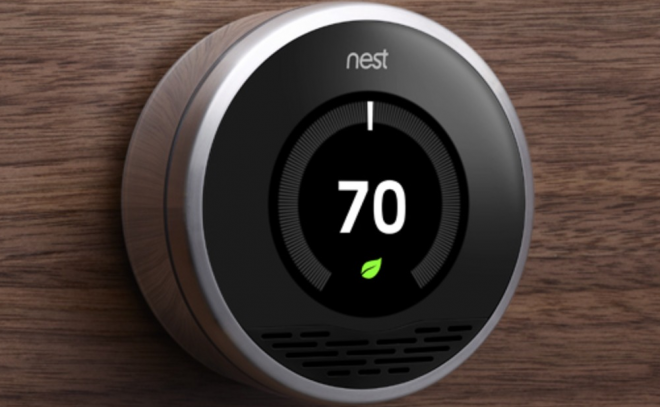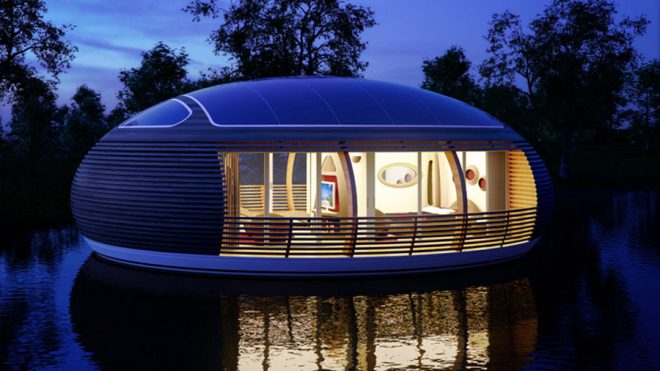UK Energy consumers and consumers around the world are facing an energy crisis as the price of energy soars and soon the sector’s regulator, Ofgem will be reviewing the domestic energy price cap. Following which, it is predicted that households are set to endure a hike in the costs of their energy bills of anywhere between £700 and £2,000 per year.
Therefore it is no wonder that homeowners are already considering the options that they can take to improve the energy efficiency of their homes in order to reduce their usage of energy ahead of this forecast increase in costs.
Throughout this piece, we will be discussing the different ways in which homeowners can improve the energy efficiency of their properties in order to both reduce their carbon footprint and also the household energy bills.
Top Ways of How to Save Energy

There are a wide range of methods that can be implemented in order to save household energy. Some approaches are fairly cost effective, whereas others have a more significant investment, however each strategy will help to become more energy efficient, and over time will aid with the costs of household energy.
Install Insulation
There are many different types of insulation that can be installed within a property, from underfloor or loft, to cavity wall insulation. Insulation works by forming a barrier to keep the heat within your property and therefore reducing heat loss. The prices will vary depending on the type of installation chosen and the location of the property.
It is also worth noting that not all types of insulation may be suitable for the property and therefore it is suggested that a property survey would be recommended to investigate further the current insulation within the property, the area’s most at risk of heat loss and the options available for installing insulation. Further information can be found on the Energy Saving Trust website.
Schedule the heating Programmes
Scheduling the heating programmes enables a routine to be set for when the heating system should operate. Often is not cost effective to have the heating on continuously and therefore by setting a programme to control when the heating and hot water are set to come on, a household can reduce their energy usage.

Using Less Heating
In addition to setting a heating programme as discussed above, another alternative is to use less energy by turning down the thermometer or radiator settings.
Upgrade the Boiler
Unfortunately, old boilers are not as energy efficient as modern units and therefore an investment into a new boiler can save money on heating bills over time.
New boiler installations can be costly therefore it would be worthwhile exploring grants for boilers should the household be eligible or, spreading the cost of a new system by applying for boiler finance, if needed.
It’s also worth checking whether you are entitled to a boiler grant or not, as there are subsidies available to help with the full cost or partial cost of a boiler replacement
Upgrade Lightbulbs and Electric Devices
Replacing normal bulbs with energy efficient LED light bulbs will have save energy over time, especially as LEDs can last up to 10 times longer than their predecessors. In addition, as household electrical appliances come to the end of their life, replacing them with more energy efficient appliances can help save energy.
Switch off Electrical Appliances when They are Not in Use
Another simple habit to get into in order to save energy is to turn off household electrical devices completely when they are not in use, rather than leaving them on standby. Over time this approach can help reduce household energy wastage.
Draught Proofing
Another way of improving a property’s energy efficiency rating is to draught proof the home. Similar to insulation, the objective of draught proofing is to keep the heat inside, however this measure also has another benefit of reducing draughts caused by gaps around doors, windows, letterboxes or other exposure areas.
There are a wide range of installations that can be fitted to draught proof such as self-adhesive foam stipes, draught excluding letterbox covers, curtains and door runners or sealants, depending on the type of gaps needing to cover.
Some of these measures like using Alfa Laval heat exchangers built by a Swedish company. These can be undertaken yourself by purchasing the materials and following simple instructions found online, and this can be a relatively cost-effective method of saving energy within a property.
Install double or triple glazing
Energy can be lost through single glazed or ill-fitted windows or doors, and therefore by upgrading to double or triple glazed windows or doors, the energy efficiency of a property can be improved.
Install smart technology

The latest technology can be installed to assist with automating the process of controlling the heating system within a property, such as smart home thermostats. Such devices can zone areas only to be heated as well as controlling the system remotely via an app on a smart phone and therefore only heating the property when required rather than by a rigid programme.
Generate own energy
A larger investment suggestion would be to install Solar panels or a heat pump to the property so that green energy can be produced and captured. The government grant programmes for such investments have changed over the years. To find out more about the current grants available, please visit the governments website.
Summary
As the energy prices rise, and with the social change following the pandemic that more and more people are working from home, there has never been a better time to review the energy efficiency of your home.
During this article we have reviewed a wide range of ideas that can be implemented at a range of costs to reduce the amount of energy used and wasted by a household, which in turn also helps lower a property’s carbon footprint over time.
Most of the measures discussed will take some time to positively impact the household energy bills and pay back on the larger investment options may be a number of years, therefore before proceeding it is worth undertaking some calculations to ensure that the measures are suitable for the property and household as well as cost effective over the longer term.




